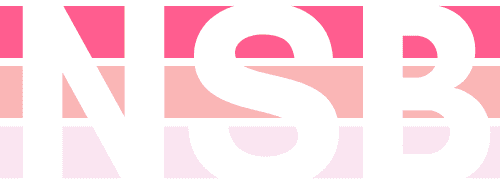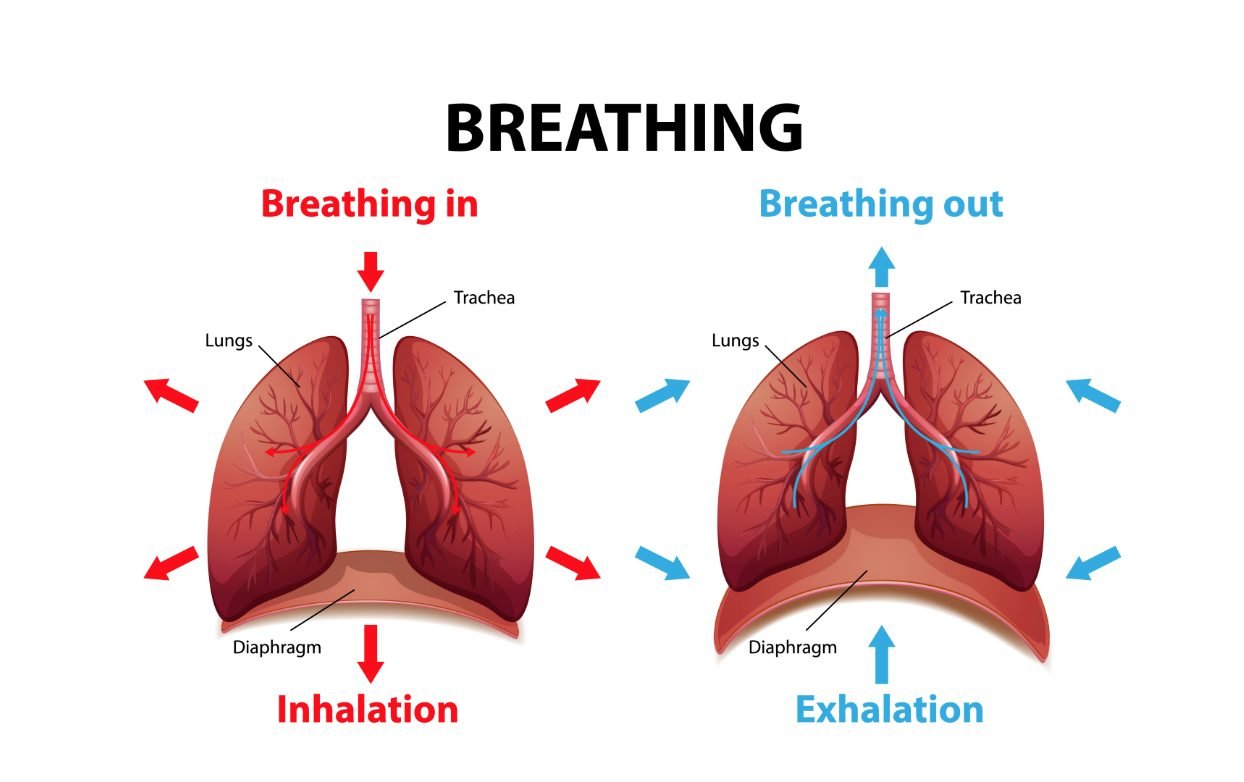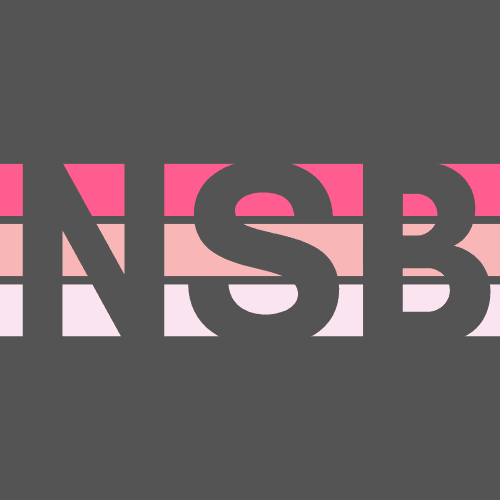The main function of the respiratory system is to bring oxygen into the body and deliver it to the
bloodstream, which will transport it to the cells of the body. Every cell in the body requires oxygen
to function.
Oxygen, also known as O2, is responsible for creating energy in the cells of the body. Once oxygen is delivered to the cells of the body, a waste product called carbon dioxide or CO2, is created,
CO2 is exhaled out of the lungs.
The basic structure of the respiratory system, for our understanding of breathwork is, lungs, protective ribs, trachea and a muscle called the diaphragm.
The diaphragm is referenced often during breath work, it is a long muscle that is situated below
the lungs, it is a large dome shaped muscle.
When we inhale, this large muscle contracts and flattens, creating more space in the chest for air to enter the body.
As we exhale, the diaphragm relaxes, moving upwards, decreasing the volume in the chest and
pushing air out of the lungs.
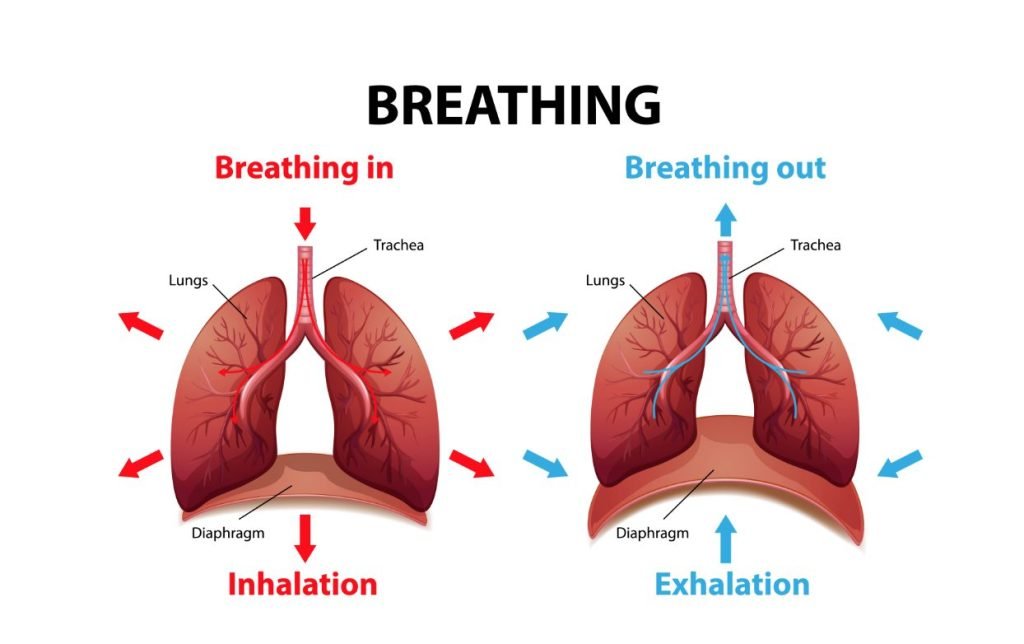
Inhalation
As we inhale, air will travel through the nose or the mouth, down the trachea and into the lungs.
On the inhalation, the diaphragm contracts, pulls itself flat and the external, intercostal muscles
between the ribs contract, these lift the ribs up and out, causing the chest cavity to expand, this
makes the pressure inside your lungs lower than the air outside your body, since fluids like gases
move from areas of high pressure to lower pressure, the lungs fill up with outside air.
Now that we have taken a breath in, we are in the respiratory zone, this is where gas exchange
occurs.
Gas Exchange
From the lungs our blood will transport oxygen to the cells of the body.
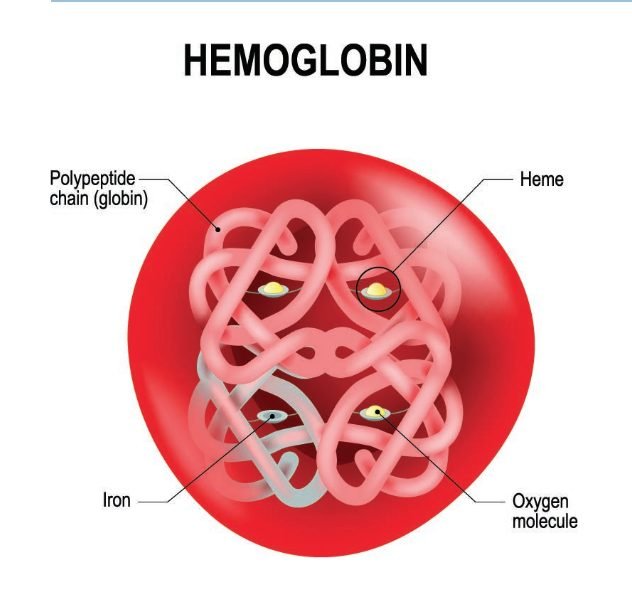
Oxygen is carried in the blood in two ways, firstly, oxygen will attach to hemoglobin is a protein
molecule that is found in red blood cells, the oxygen that we breathe in will attach to this molecule
and travel around the body through the blood stream, being delivered to the cells of the body.
The rest of the oxygen is dissolved in the plasma.
Plasma is a liquid base for the entire body, it carries water, salts and enzymes and transports nutrients, hormones and proteins to parts of the body that require it.
The respiratory system and the circulatory system must work well together for optimal oxygen delivery to the cells of the body.
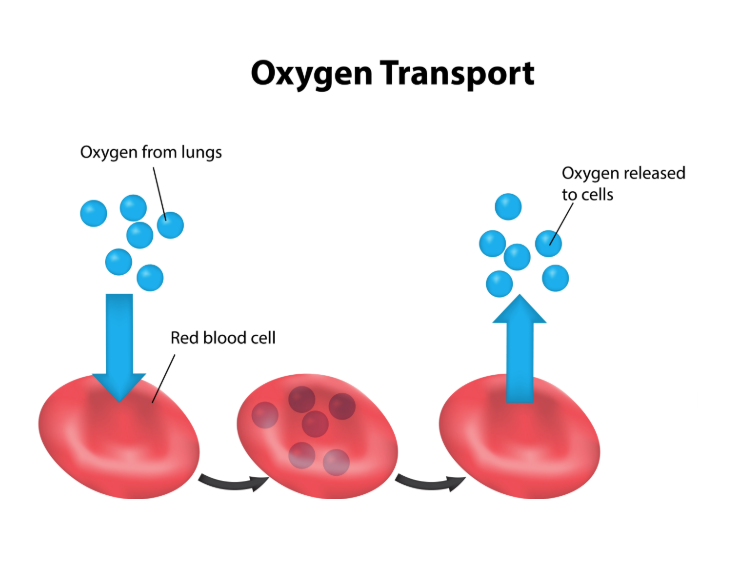
Once hemoglobin is fully saturated with oxygen, it is ready to be delivered to the cells of the body
via the bloodstream, active tissue such as the brain, heart and muscles are always hungry for oxygen and they burn through it quickly.
As oxygen rich blood arrives on the scene, hemoglobin releases the oxygen to the cells, this causes the oxygen levels in the blood to drop.
All of this activity is also producing other triggers in the form of waste products, specifically heat
and carbon dioxide, also known as CO2.
Carbon dioxide is a waste product that is created as a by product of metabolic activity but carbon
dioxide also plays a vital role in the body as it helps to maintain the respiratory drive and it helps to
maintain the blood pH levels.
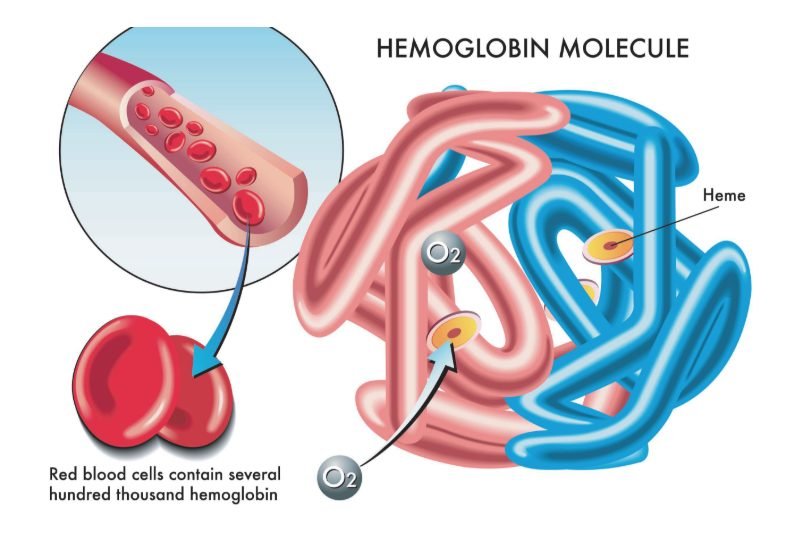
An imbalance in CO2 levels can affect blood pressure, heart rate, affect energy levels, heighten
the nervous system and affect our ability to relax or focus.
Now that oxygen has been delivered and red blood cells are loaded up with carbon dioxide, the
blood will be transported back towards the lungs for the CO2 to be breathed out.
Here in the lungs a new wave of freshly inhaled oxygen is breathed into the lungs where the oxygen can bind to hemoglobin and get delivered to the cells of the body once again.

